Everyone on twitter is* dunking on embarrassingly bad road safety awareness campaign tweets. But we should abolish all social media-based road safety awareness campaigns — including the ones which target genuine causes of danger on the roads.
Kent County Council’s Road Safety Campaigns Team are the latest in a long line of road safety twitter campaigns queuing up to get ratioed:
Twitter now has a whole army ready to dunk on road safety awareness campaigns that are so incompetently designed they don’t even understand the road safety problem that they’re supposed to be addressing — that people get injured on the roads not because they aren’t visible, but because drivers don’t look properly, don’t pay attention, or don’t give a shit. They show up a lot on my feed when, in reply, they cite my own road safety campaign for greater visibility on the roads.
It’s especially cathartic to dunk on the one that uses photos so old that they obviously lack the dynamic range of human eyesight and look totally unlike how we actually see the world.
But sometimes something unusual happens, and a road safety awareness campaign puts out a tweet that gets some commendation:
The thing is, all road safety awareness campaigns on twitter are bad and should be stopped.
Introductory Communications 1.01
Every governmental, academic, charity or advocacy organisation has at least one director whose understanding of digital communication strategy is “you can just put a tweet out about this thing that I care about.” And they all have a communications team who will then have to try to explain the basics of comms when they say ‘no’ to wasting everyone’s time with a tweet that they know will flop. Or, if that looks like too much effort on this occasion, they will sigh to themselves as they put out a tweet that they know will flop.
Communications strategy 1.01 is: know your audience. Who do you need to reach in order to achieve your organisational goals? Where will you reach them? What do you need them to do? What will motivate them to do what you need them to do? What will they need from you in order to do it?
A road safety awareness campaign needs to reach people who are not aware of how to use roads safely. And it will not reach those people with an organic social media profile. Organic social media is people choosing to follow topics that are of interest to them. It works for engaging people who are already warm to what you have to say. If your goal is preaching to the converted — and using that to motivate them to do something — then organic social media is great. But nobody who needs to change the way that they behave on the road is following a road safety awareness campaign on social media.
Look at who is following those Kent Road Safety and Sussex Safer Roads accounts. It’s just a bunch of other road safety professionals and campaigners, plus a load of active travel campaigners who enjoy dunking on bad road safety tweets. Nobody who actually needs to hear their message will ever even know they exist.
Take the message to the audience
To make road safety awareness a little bit less of a total waste of money, you’d need to use suitable media for actually reaching the target audience.
The quickest way to do that might be to replace organic social with paid social adverts, for example. You can be very targeted with them these days. Pay for these messages to appear to everybody who has shown an interest in high-powered German cars or gaudy wankpanzers. Have them appear to young men who join “car meet” groups on Facebook. Target them at anyone who follows Jeremy Clarkson or has ever posted a message about speed cameras.
Maybe one of these campaigns already is and I just never see the messages because I’m not any of those things.
Understand the problem
Let’s take a step back though. Before jumping into designing an awareness campaign, and certainly before jumping to the conclusion that a social media profile is the solution, an organisation really needs to understand the problem it is actually trying to solve.
Most road safety awareness campaigns follow a very simplistic information deficit model: people are doing the wrong thing because there is a piece of information they lack. All we need to do is give them the missing piece of information and they will behave differently.
Maybe there are a few rare cases where that is partly true — particularly when it comes to driving around cyclists, equestrians, and other people that a motorist who isn’t also those things has difficulty identifying with. Many motorists still fail to understand why a cyclist would be leaving a buffer between parked cars or debris-filled gutters instead of hugging the edge of the street (though of course, even in the cases where it is true, lack of information is not sufficient to explain why a motorist would be motivated to drive psychopathically dangerously in such a situation).
But in most of the scenarios, road safety awareness campaigns are trying to correct a deficit that surely doesn’t exist. Do motorists really not know that they shouldn’t be looking at their mobile phones while driving? Do they really not know that they shouldn’t be breaking the speed limit? That rain and ice and fog merit adjustments to one’s driving? That seat belts are compulsory and you shouldn’t park on a zebra crossing? Or do they know all these things, but also know that enforcement is so overstretched these days that they will probably get away with it?
I mean, having seen what British drivers manage to do on the roads, I can easily believe that many are really as dim witted as the information deficit model of road safety awareness portrays them. But the evidence of these Safer Roads Partnership social media accounts itself surely points to other explanations.
Browse through the content of these profiles and you’ll find them full of reports from police stops and accident aftermaths. There are the cars which have been seized for multiple offences from uninsured drivers with previously revoked licenses — people who are well aware how to drive safely, but know the odds are good they can get away with doing what they like instead. There are the motorists who crash in the rain while doing 90 on the motorway, who weren’t lacking awareness of road safety information, only the self awareness to accurately judge their own ability.
And there are the people who run out of petrol while driving, who it’s tempting to dismiss as genuine idiots who lacked the awareness that drivers are responsible for keeping their vehicles fueled. But they are maybe better understood as a demonstration of the fact that all people are inherently flawed and they do things that are unimaginably stupid because life is complicated and amidst it all sometimes you overlook something obvious. Operating a vehicle in traffic is complex and difficult; mistakes are inevitable when we build a world where people who aren’t very good at such things have no choice but to keep doing it.
What motivates change
When you understand the problems, you can start to think about what might be the relevant motivations of your target audience. And who, of all the people who need to hear road safety messages, is going to be motivated by any of them?
Will the upper middle class straight white man with no self-awareness of his own dismal driving abilities, but all the confidence of his privilege and a sense that he is somehow the victim of political correctness and interfering jobsworths, be motivated by a hectoring slogan from a local council? Will the young person from the car meets, deeply socialised into a sub-culture that fetishises the very behaviours that a road safety campaign is trying to counter, be motivated by a branded twitpic from a Road Safety Partnership? Will the sort of person who drives without a license, without insurance, with frosted windscreens, bald tires and unsecured loads, have an epiphany when a police tweet informs them that actually such things are against the law? Will the average, normal person be motivated in the slightest by an official tweet telling them not to do the things that they see all of their peers doing and getting away with every minute of every day? Will road safety awareness do anything to motivate a change in those people’s behaviour?
I started writing this post to argue that we should defund social media-based road safety campaigns. But you know what? Defund all road safety awareness campaigns. Spend the money on interventions that work.
*I started writing this in November and then got distracted before I could post it, in case you’re confused by the now incongruous use of the present tense…

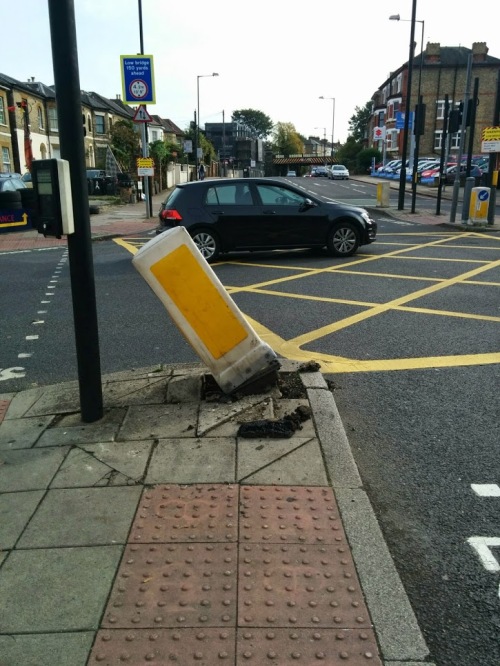


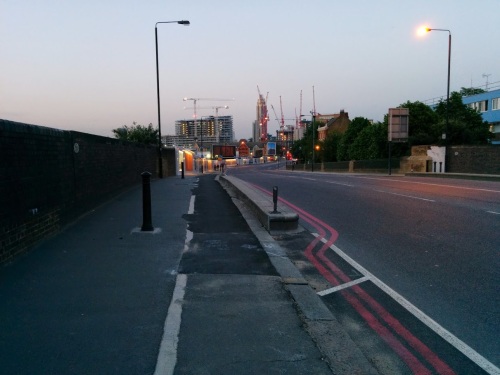
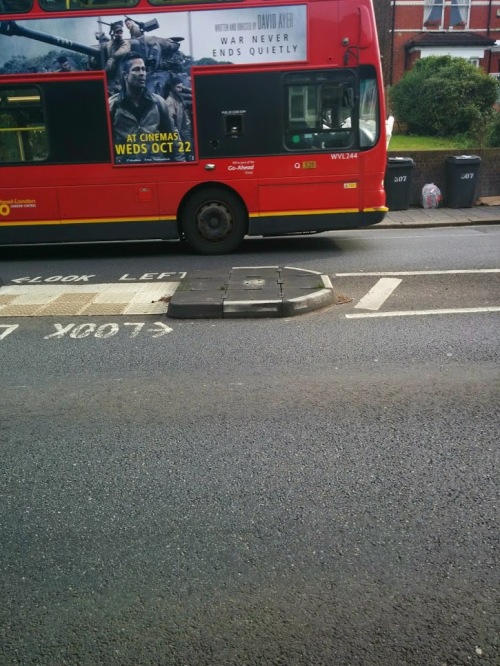




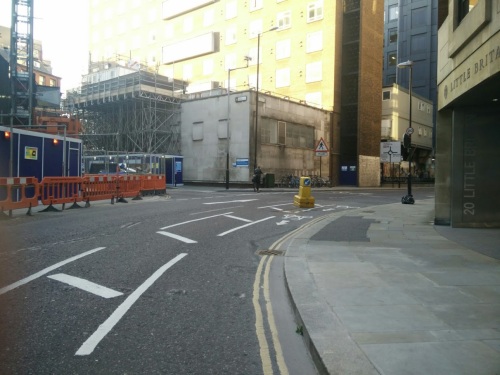

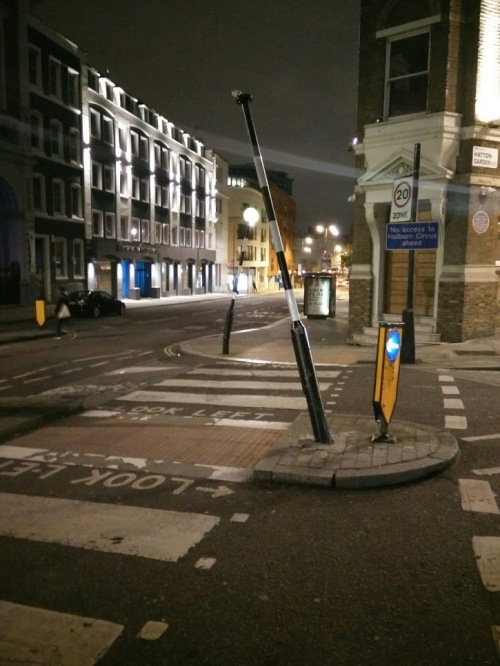
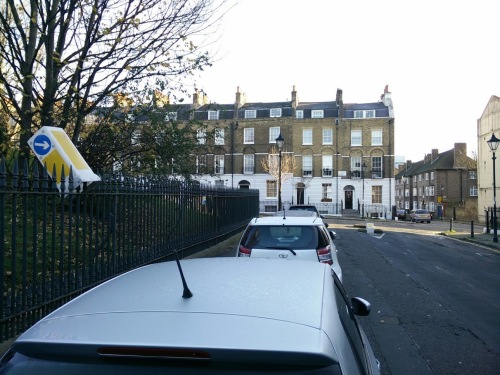
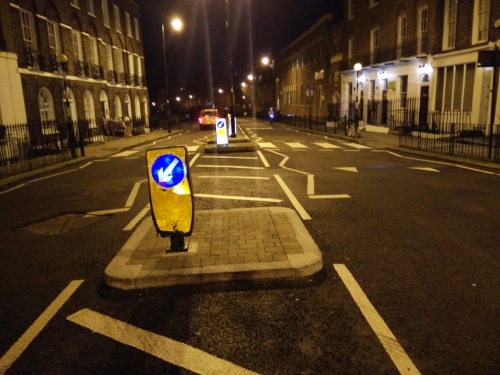
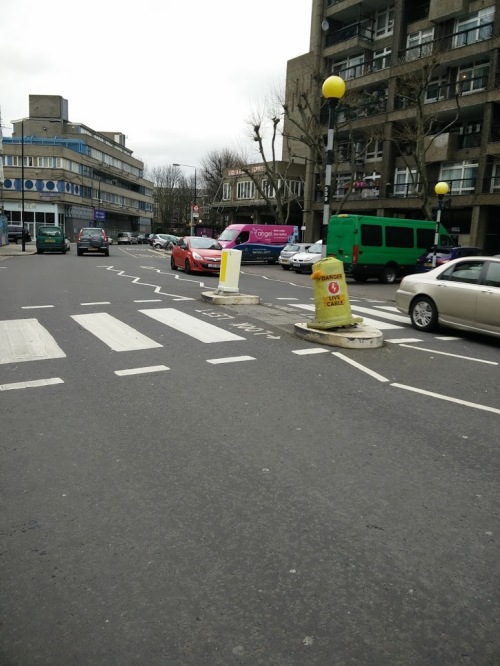
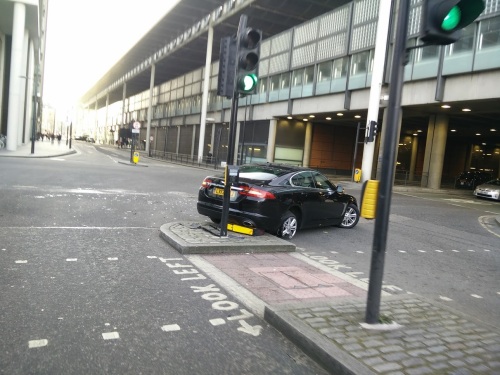

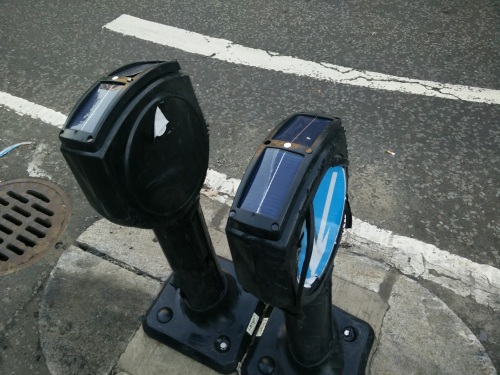
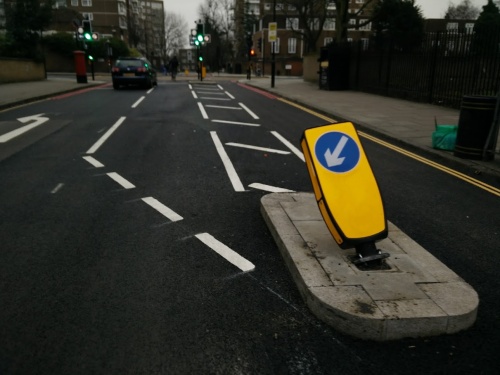
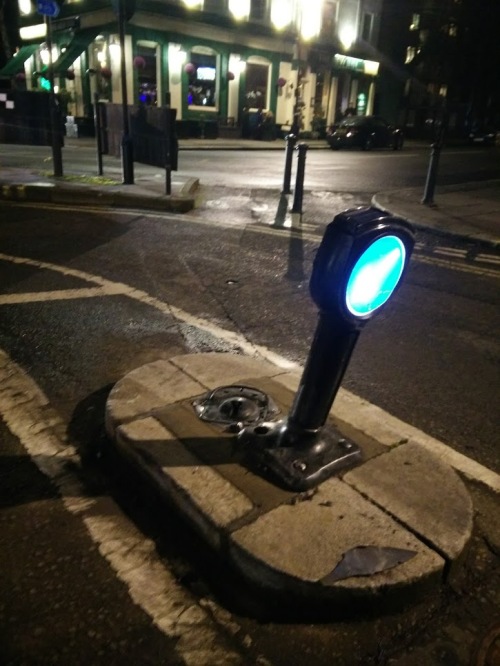

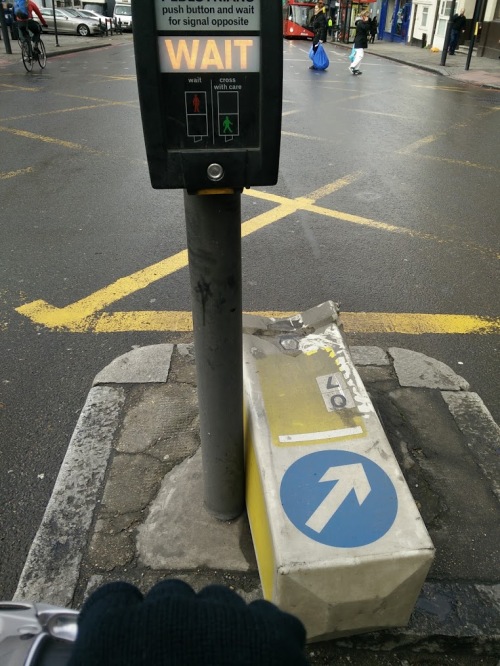
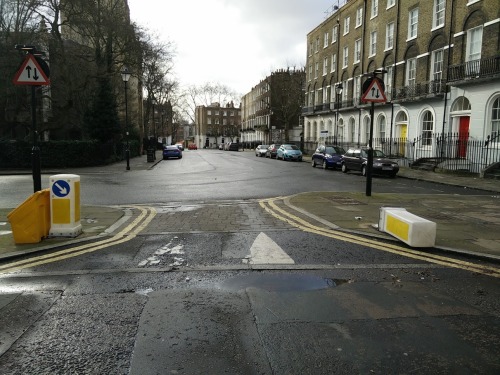



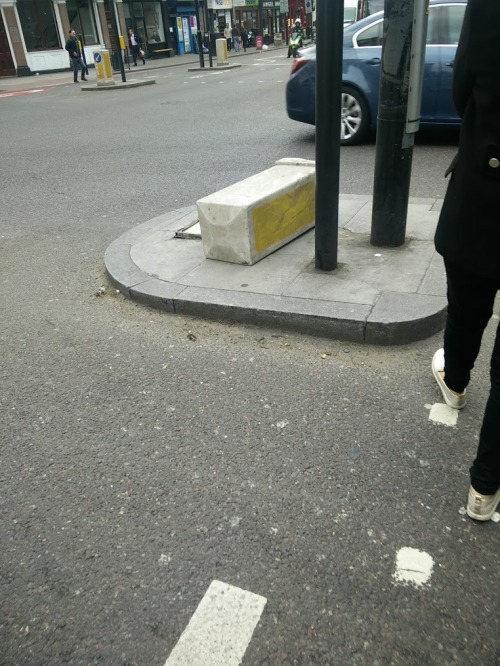
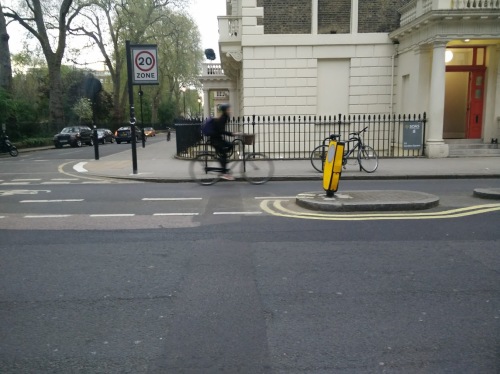
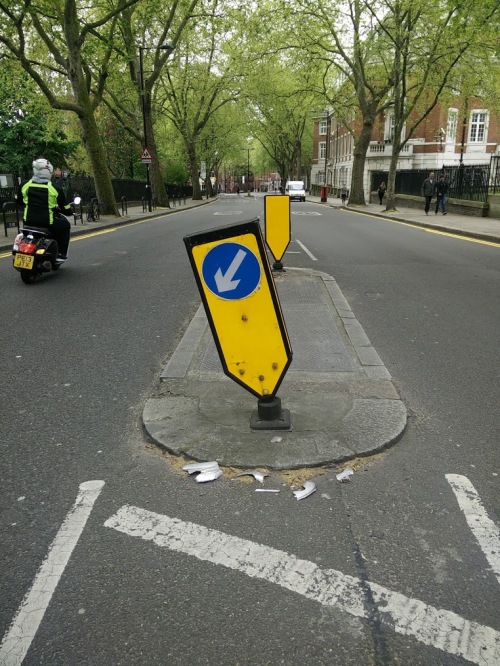
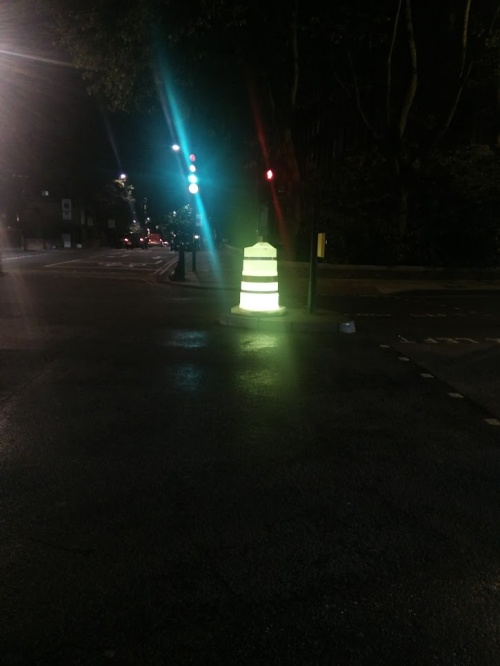
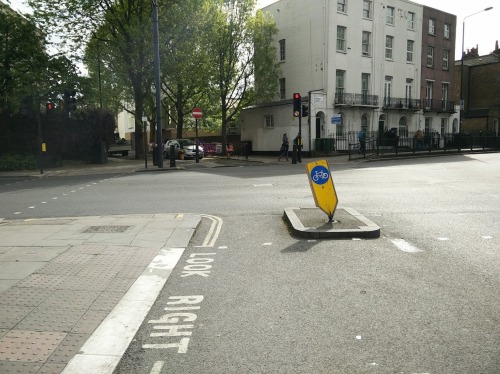
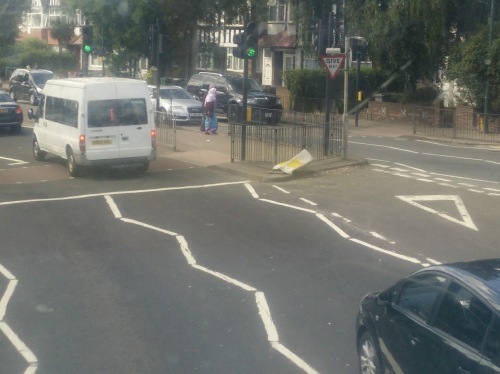

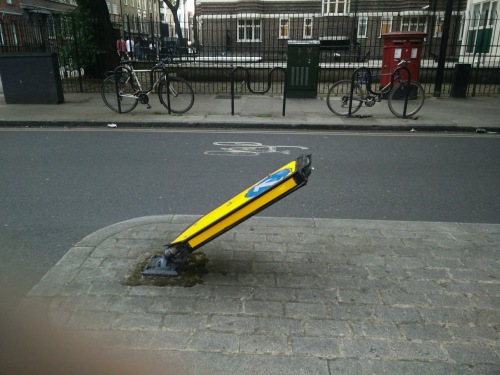

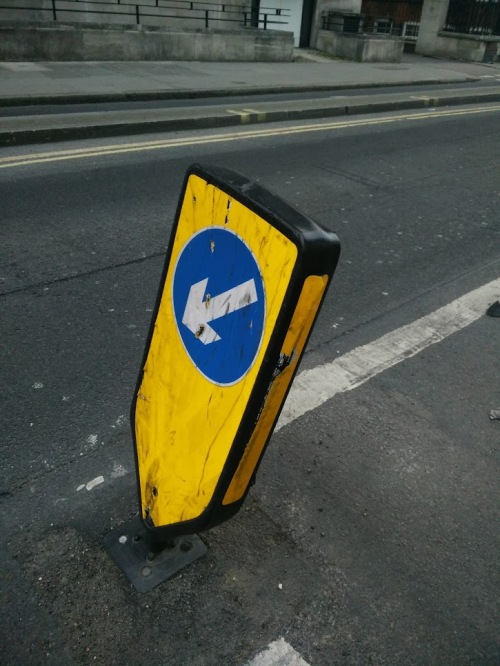
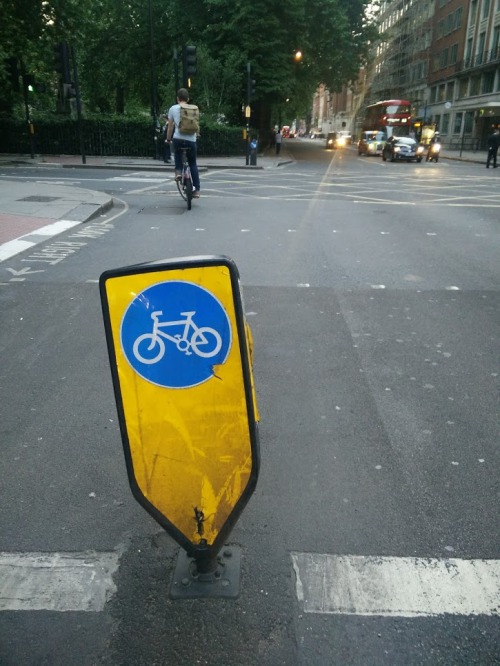
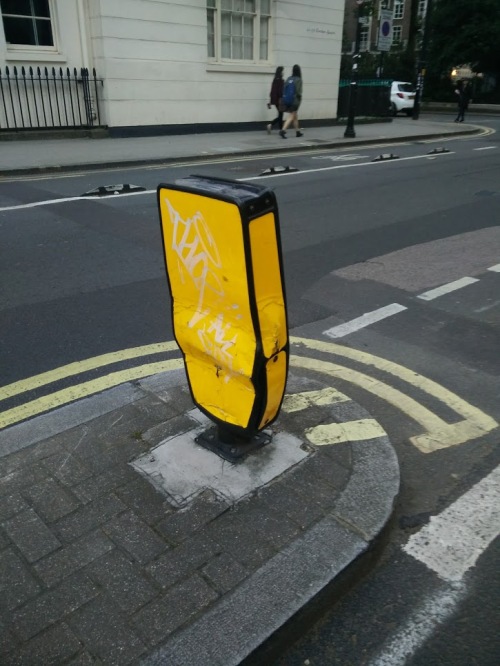
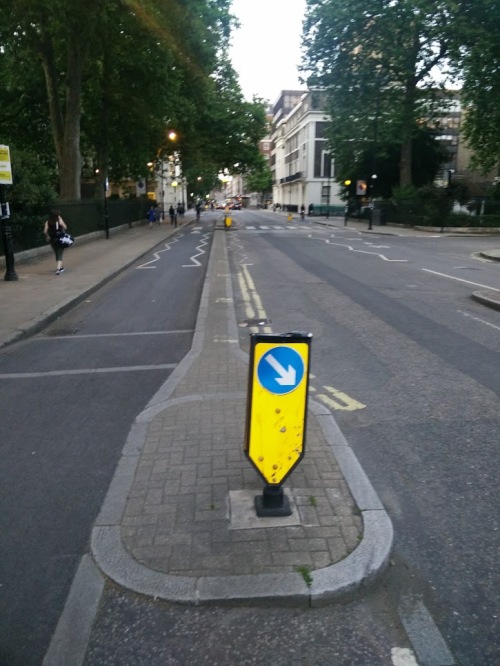

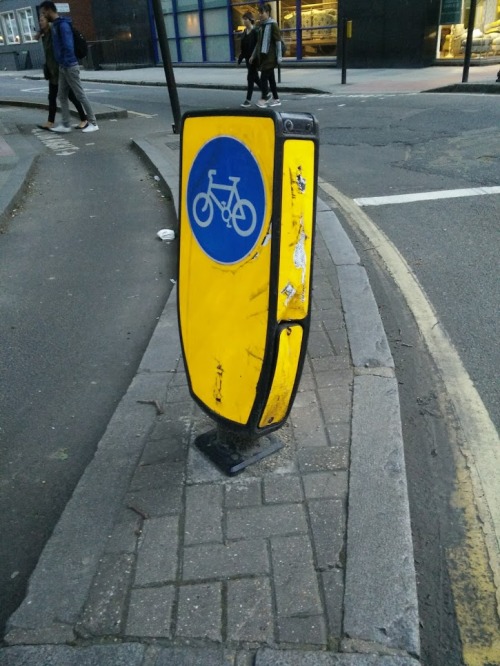
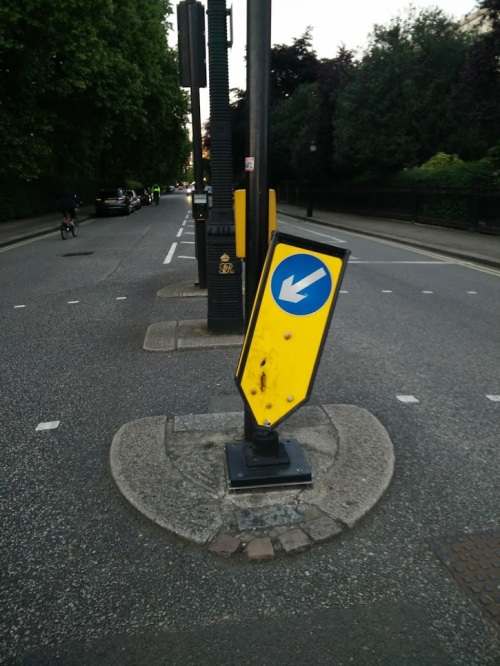

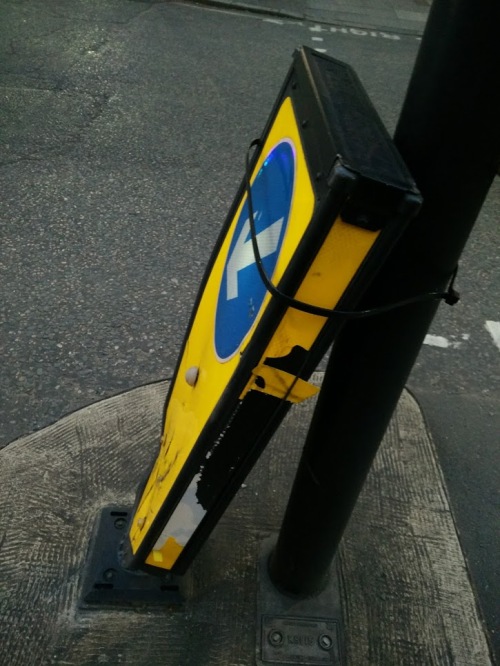
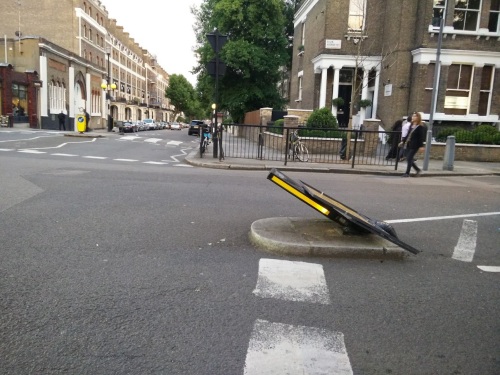


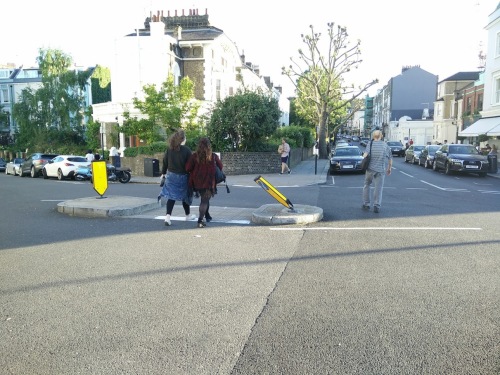
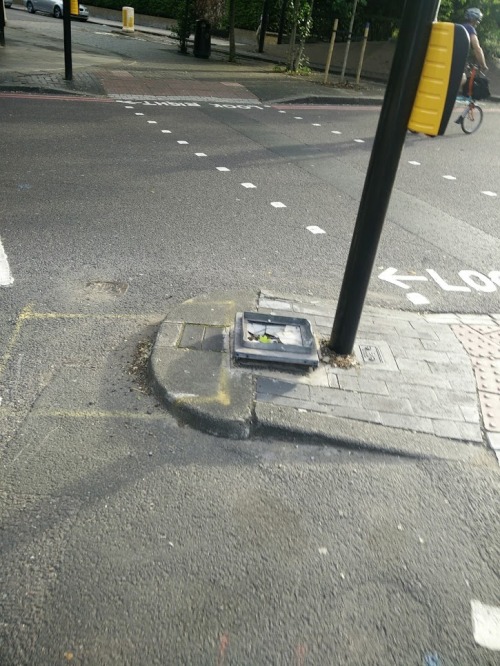
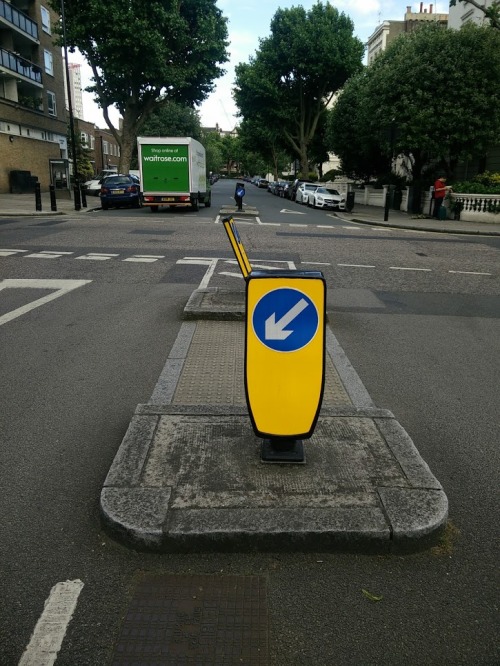
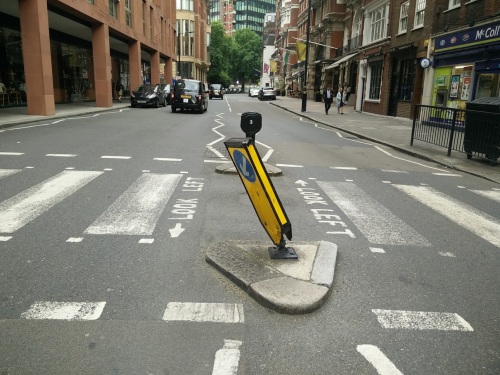
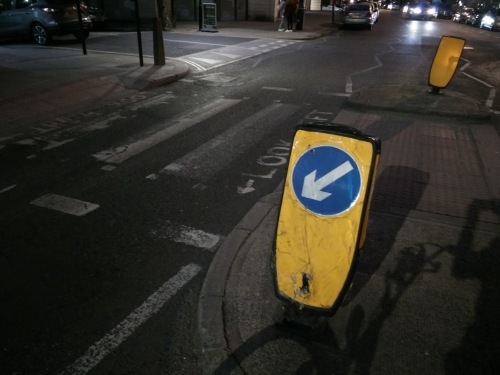
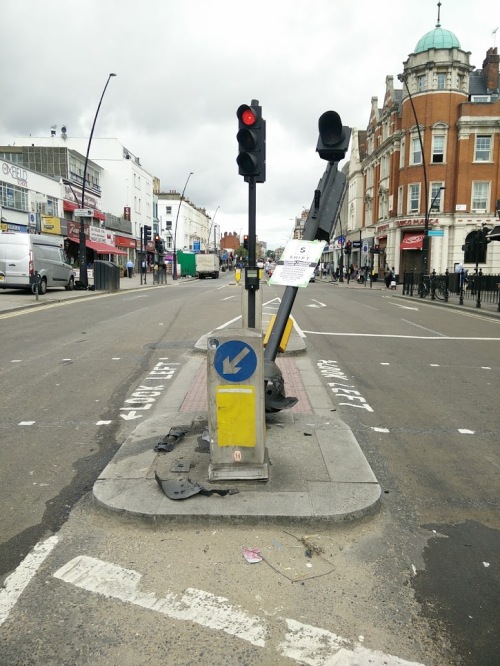
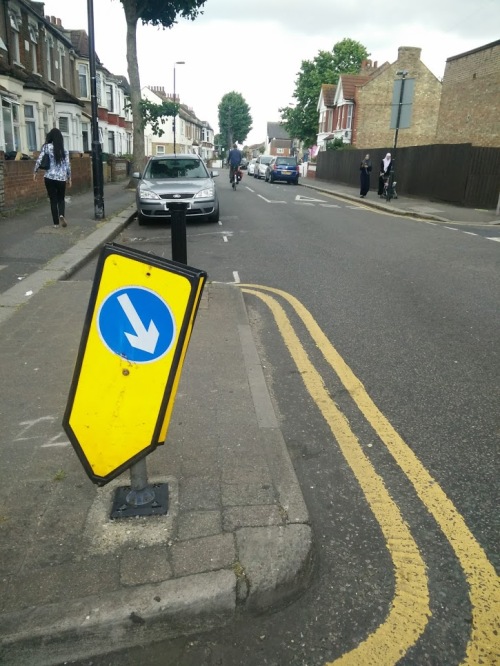
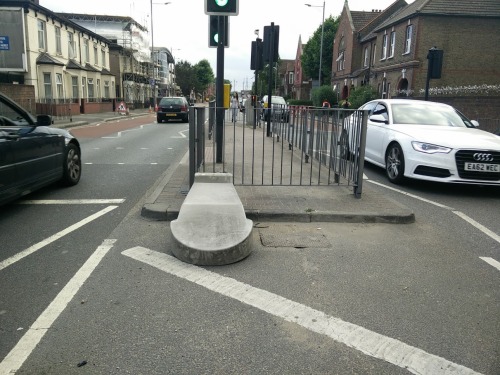
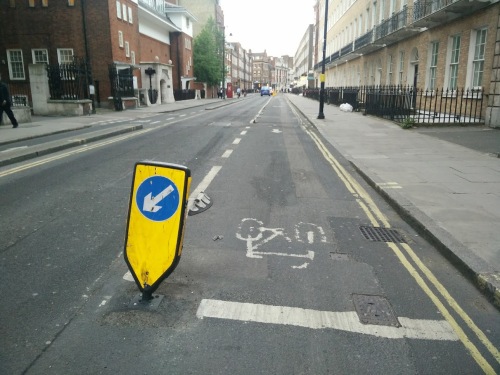

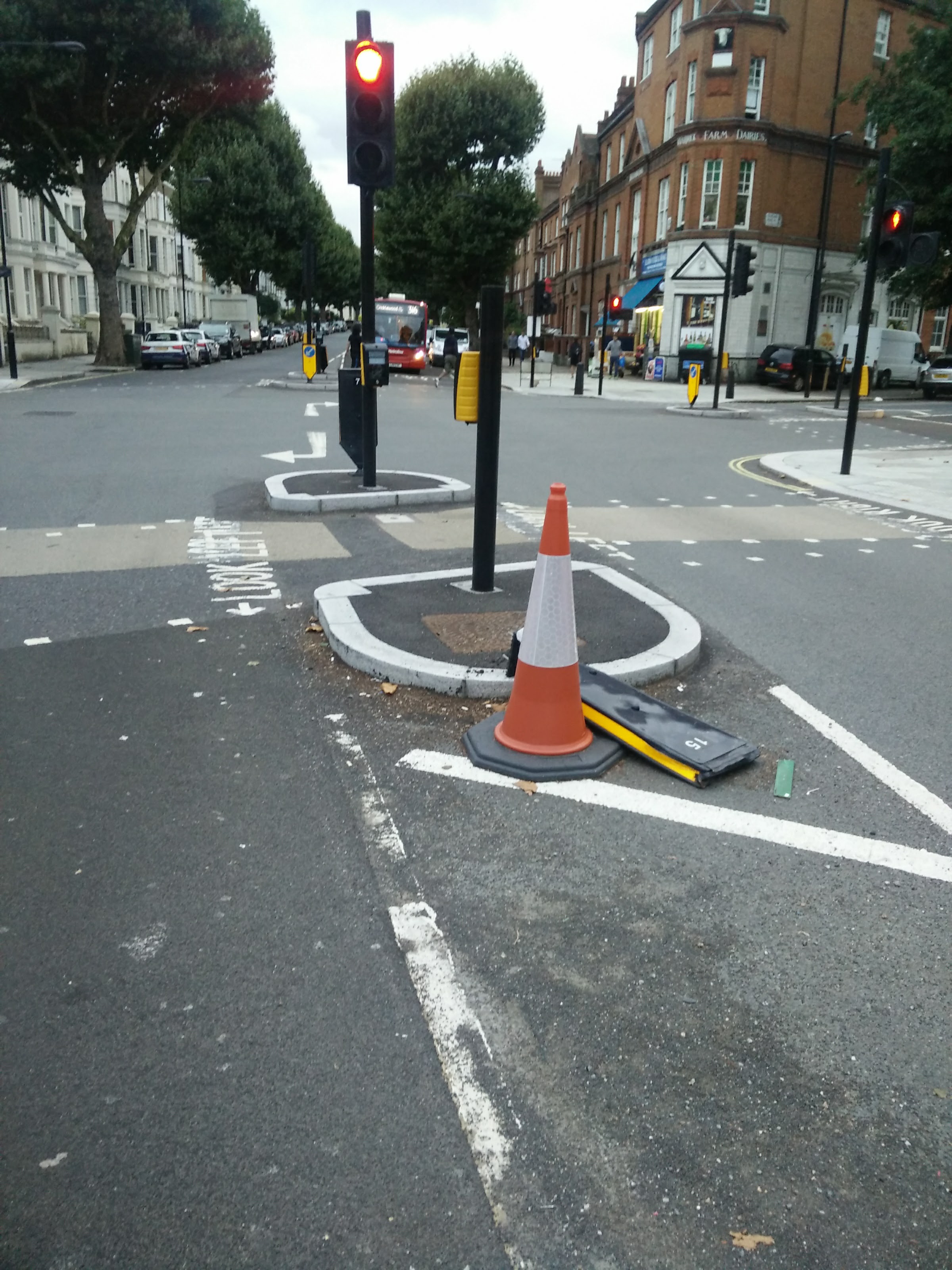
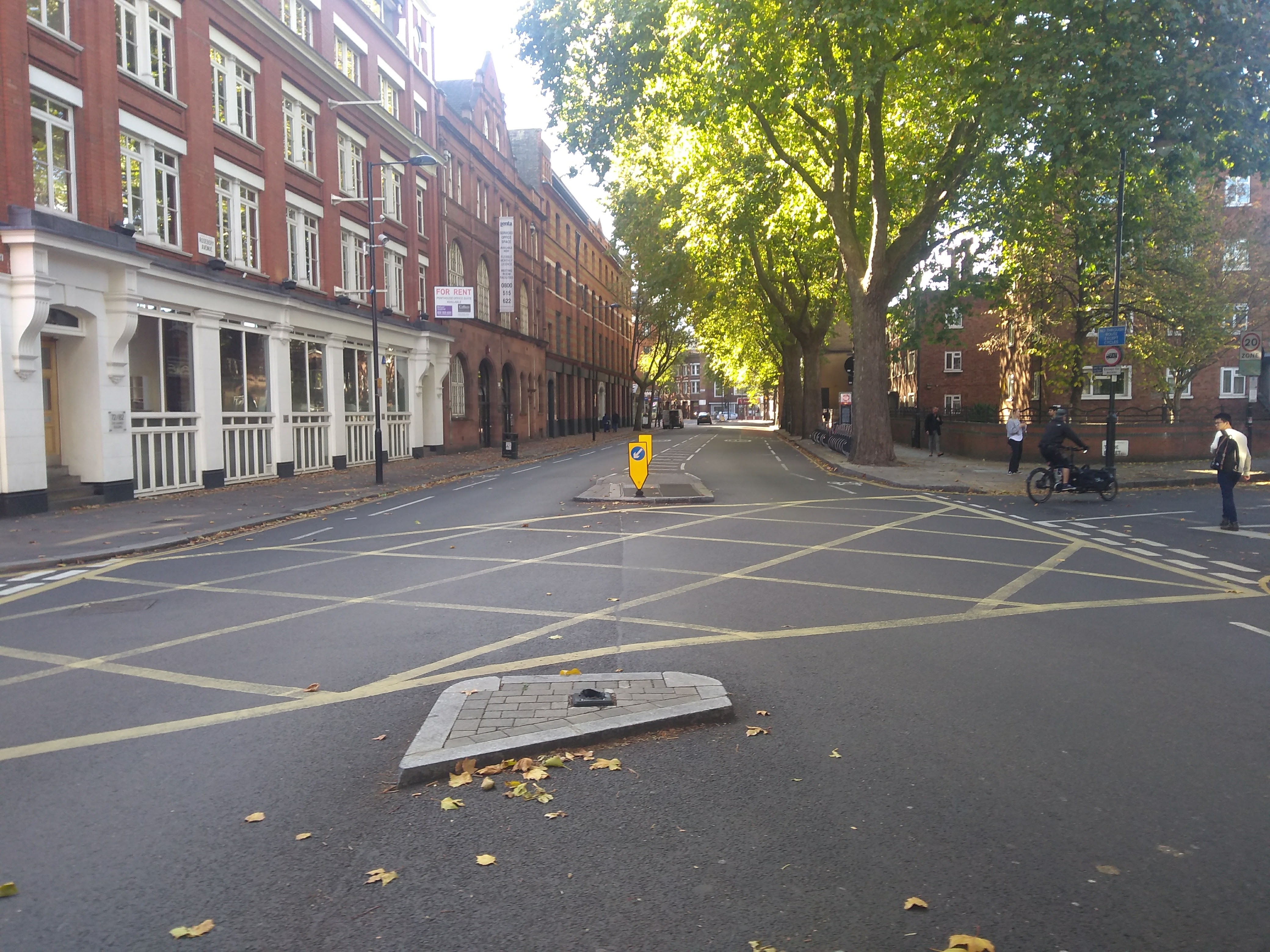
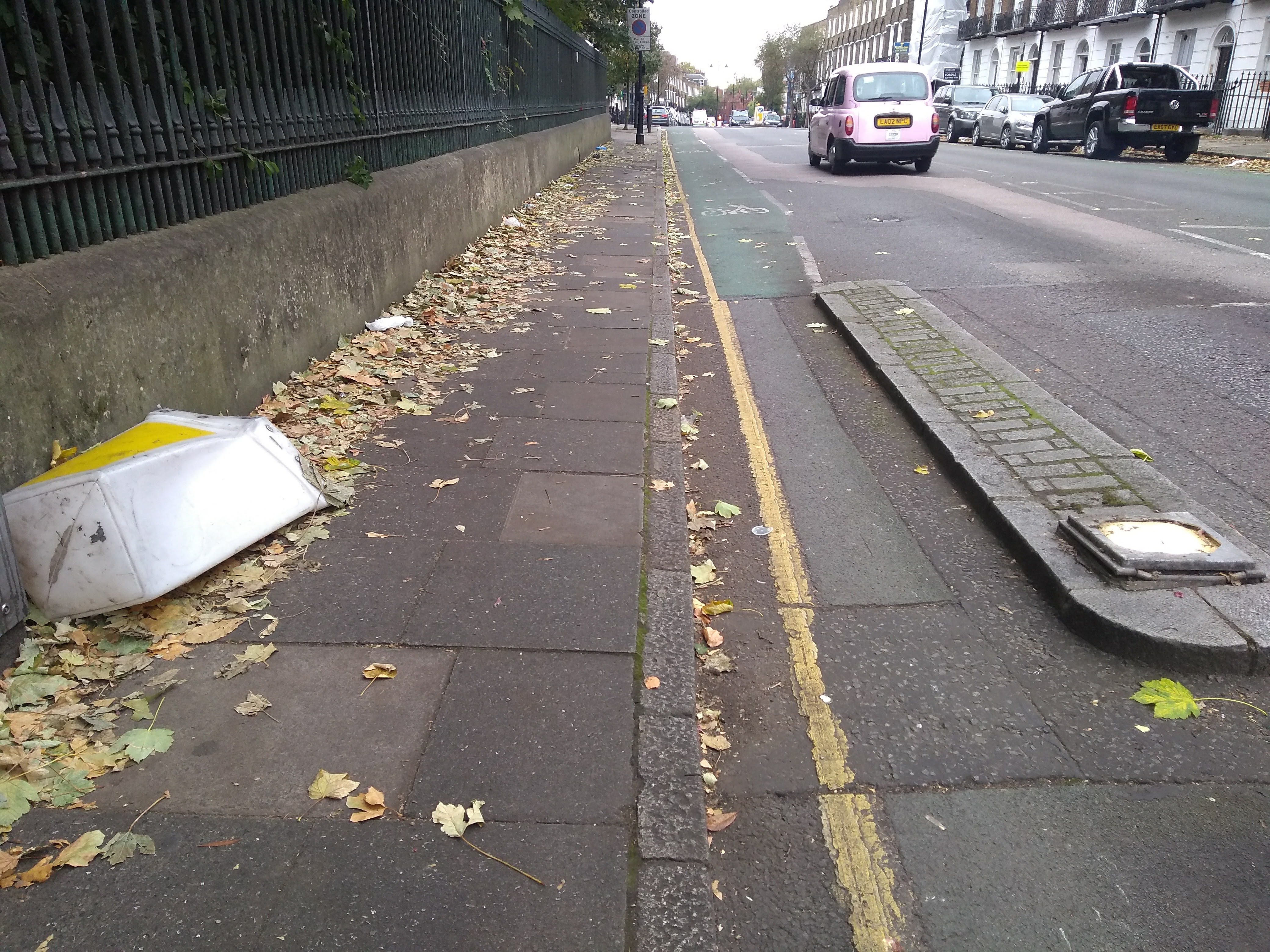
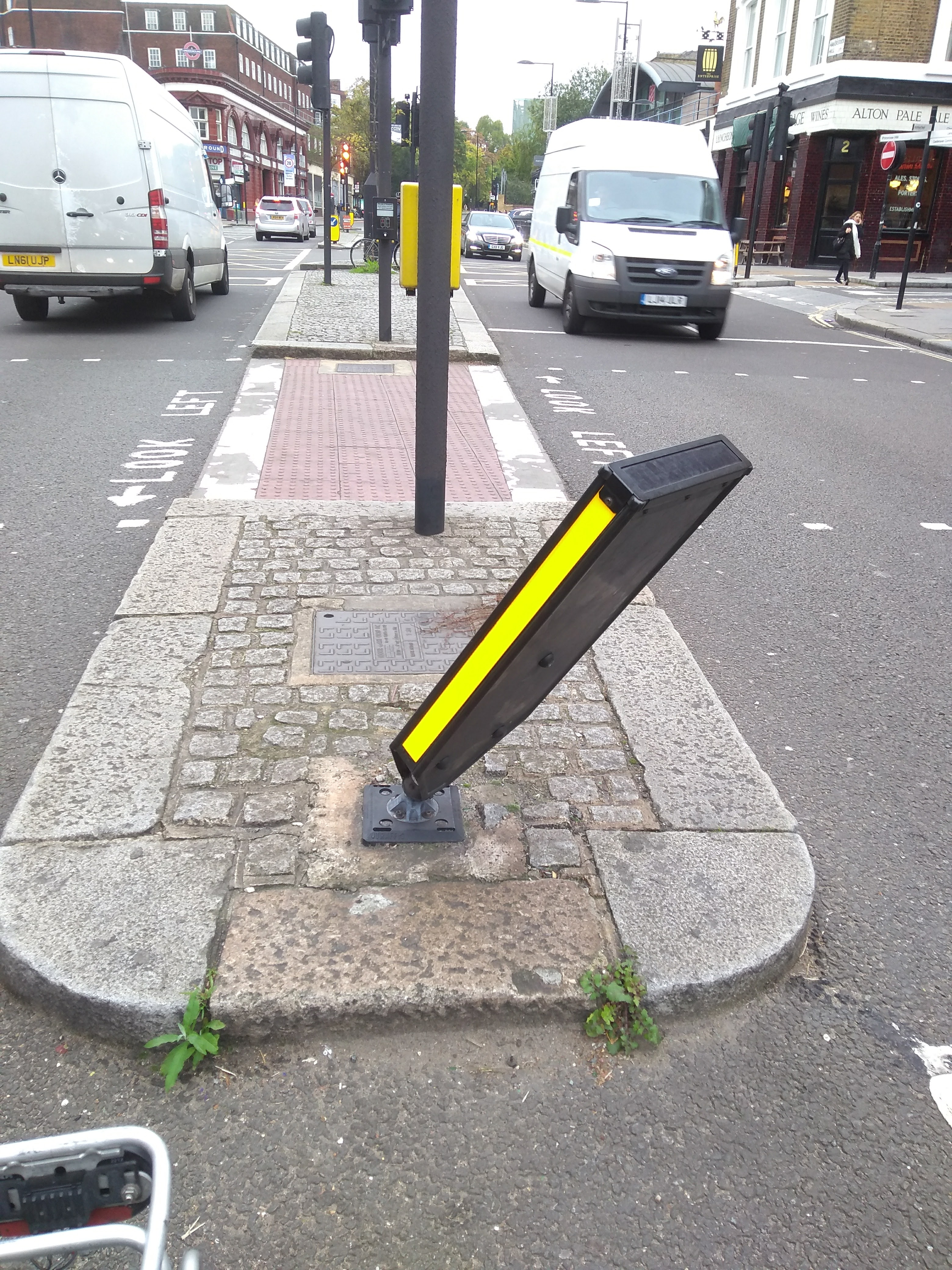

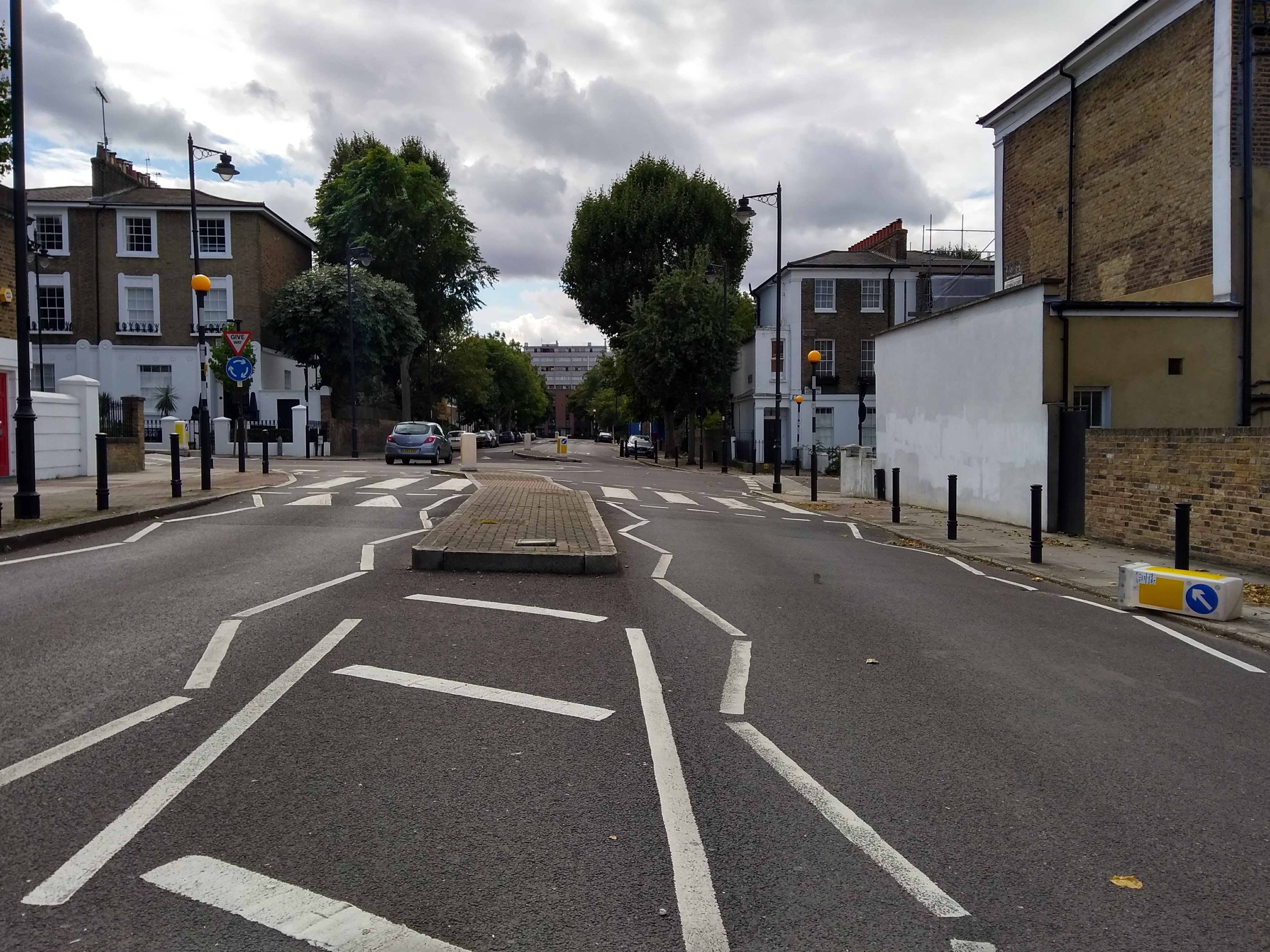
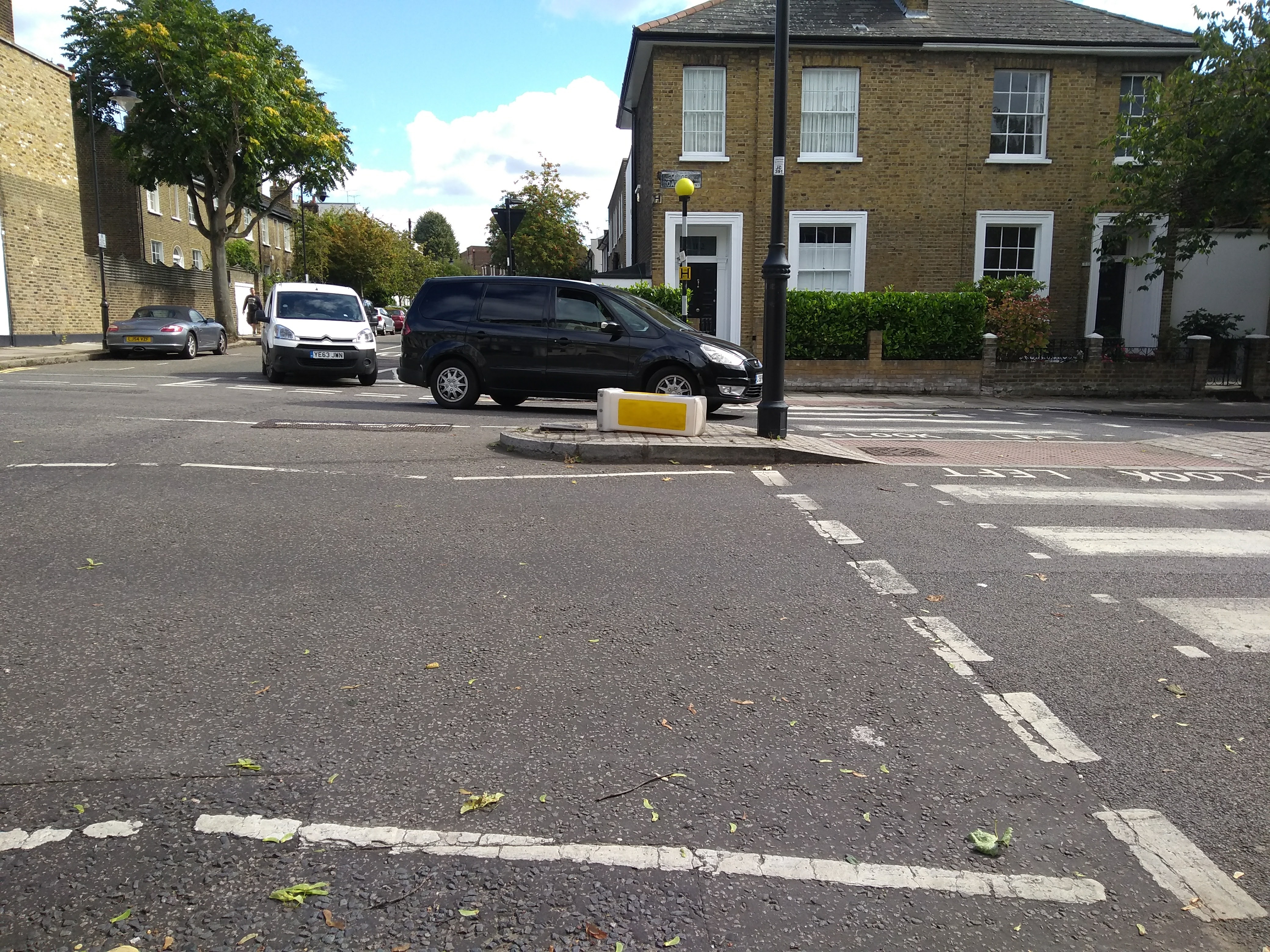
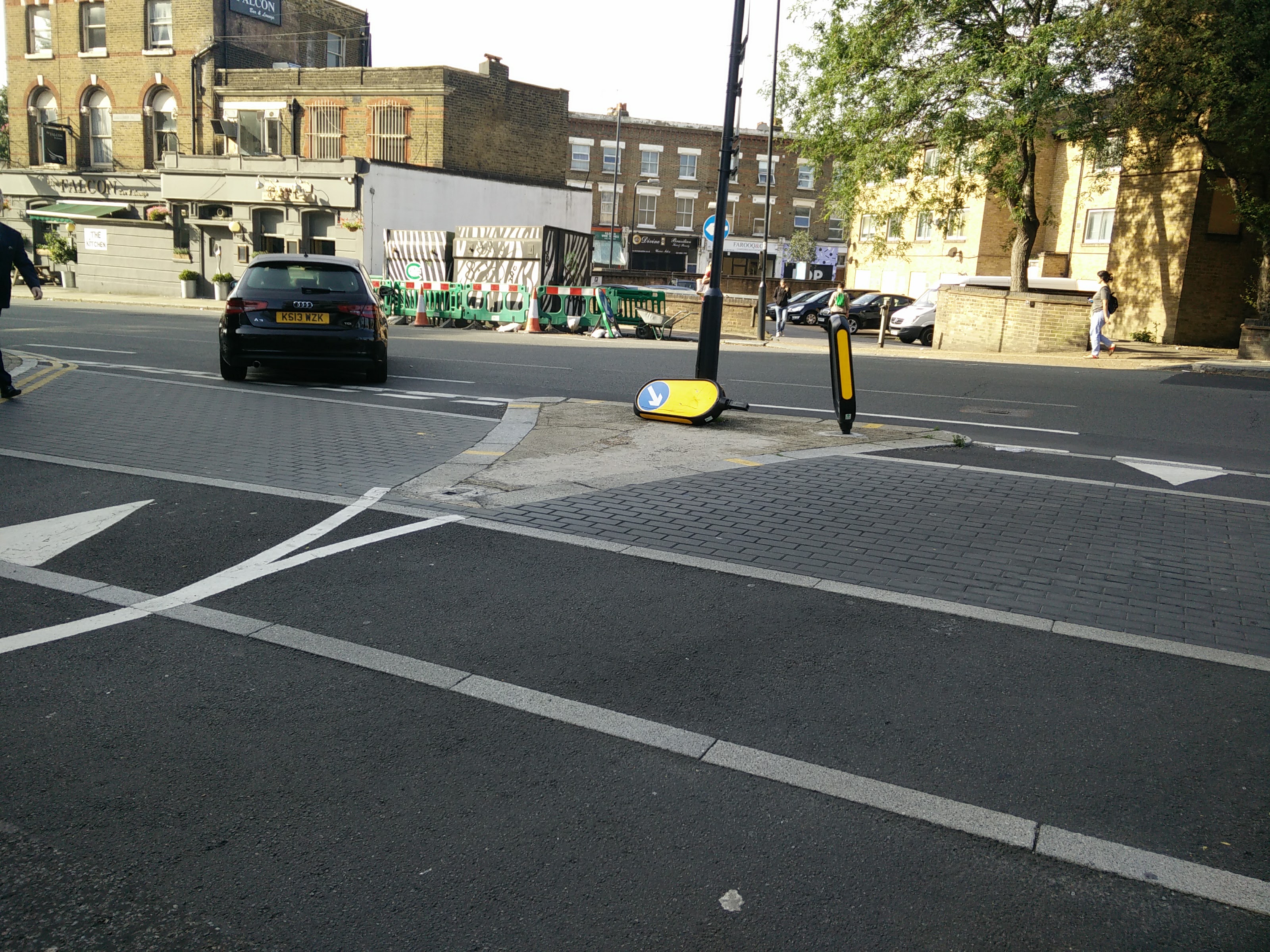






![parody[7]](https://waronthemotorist.files.wordpress.com/2011/10/parody7.jpg)
